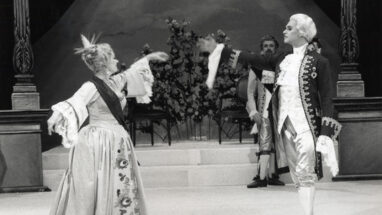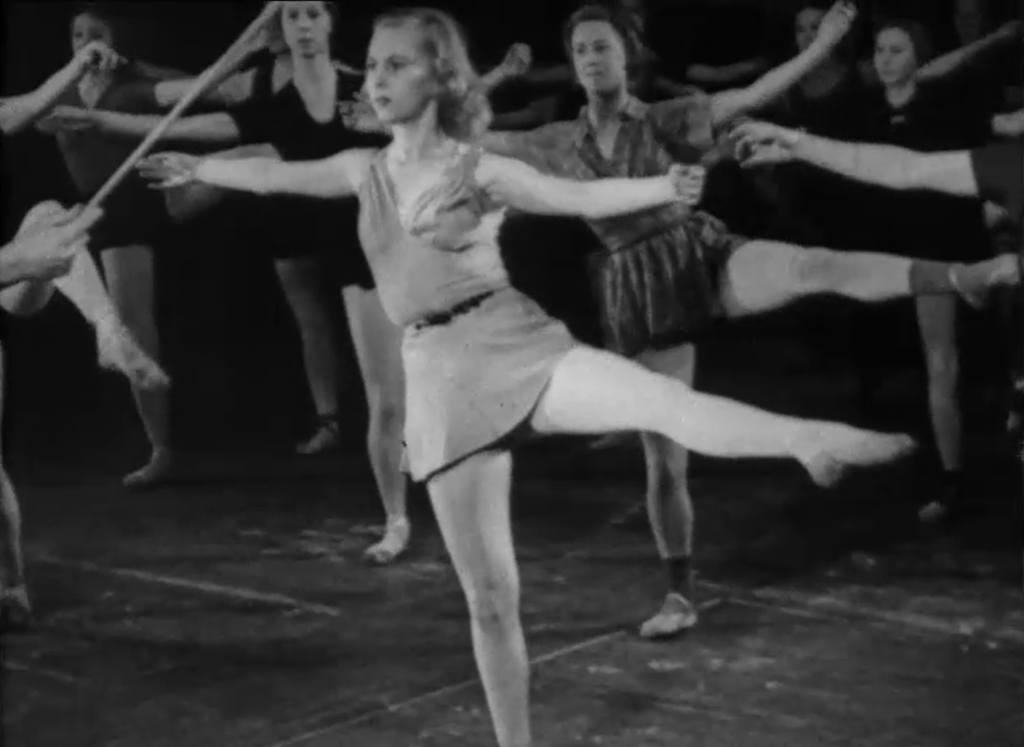The Finnish Winter War and Continuation War from 1939 to 1944 affected the Finnish Opera Ballet in many ways. Dancing was strictly forbidden in wartime, as it was considered unacceptable while soldiers were dying on the front. The ban applied to just social dancing rather than dance art, but the operations of the ballet were held back for other reasons.
When the Winter War broke out at the end of November 1939, the Finnish Opera had to temporarily close down. The very first bombings caused considerable destruction at the Technical University and the Russian Embassy next door to the Opera House. The Opera House was less hard hit, with only broken windows and minor damages due to excessive pressure. There were no performances during the Winter War, while male dancers were needed on the front.
The Finnish Opera opened its doors again after the peace treaty of 1940. The building had been repaired after the bombing damage, but one of the dancers never came back: Alf Salin had lost an arm at Vyborg Bay, and his career was over.
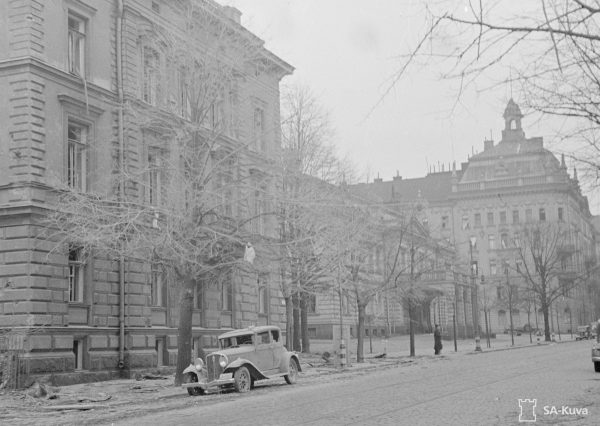
Les Sylphides is performed during the Continuation War
At the start of the Continuation War in 1941, many dancers and musicians from the Helsinki Philharmonic Orchestra, which served as the orchestra for the Finnish Opera, had to return to the front. Performances were continued on a limited scale. Les Sylphides was chosen for the ballet repertoire, as it required just one male dancer. Arvo Martikainen danced the role during his leave from the navy.
The war years were exceptional times at the Finnish Opera in many ways. Before each performance, the audience was instructed about how to shelter in the basement in case of an air raid. The massive bombing raids in February 1944 caused minor damages to the Opera House again, and blackouts limited performances to daylight hours. As the dancers of Finnish Opera Ballet had less work than usual, they also performed in the events of the Union of Finnish Dance Artists and various charities. The Continuation War brought sad news to the ballet company, as dancer Robert Nikko was killed in the Karelian front in September 1941.
The general shortages and rationing during and after the war added to the challenges. Thankfully, though singers were issued the same food rations as office workers, dancers were allotted more because of their strenuous physical labour. Even as the war had ended in 1945, the Finnish Opera had to apply for a special permission to purchase more laundry detergent, as sets had to be washed and reused for the lack of fabric available. Despite these difficulties, the ballet quickly resumed its operations once the dancers came back from the front. October saw the premiere of the Finnish ballet Onnen linna (“The Castle of Happiness”), and even Swan Lake returned to the repertoire in the following year, as the wartime ban on Russian operas and ballets was lifted.
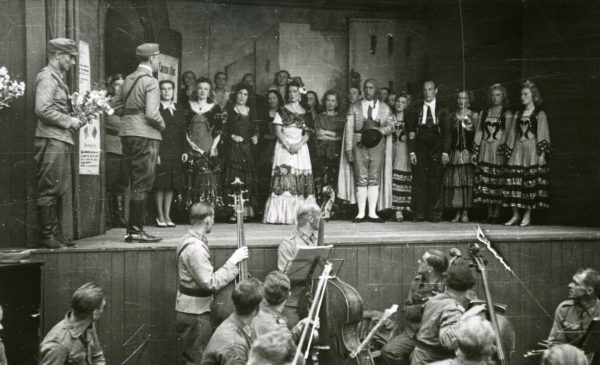
Entertainment on the front
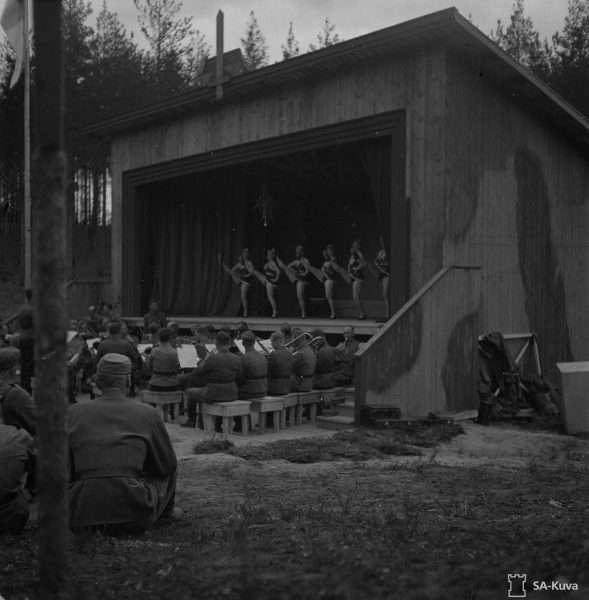
A wide variety of entertainment helped keep soldiers’ morale during the Continuation War, and the dancers and singers of the Finnish Opera participated in the effort. In summer 1943 Eva Hemming, Irja Koskinen and Alexander Saxelin travelled near the front line in East Karelia for a month with an accordionist and three gymnasts. In the same year, a 30-strong group of singers and dancers toured the front with the opera Carmen. Performances took place in Terijoki, Ollila, Valkeasaari and Siesjärvi, complete with amphitheatres, stages and sets. Opera and ballet were new to many of the soldiers, but the performances were observed attentively, enthusiastically and gratefully. In the course of the tour, Carmen was seen by approximately ten thousand soldiers, female paramilitaries and civilians.
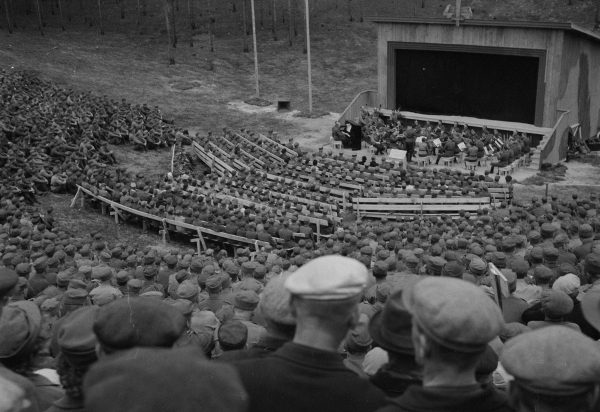
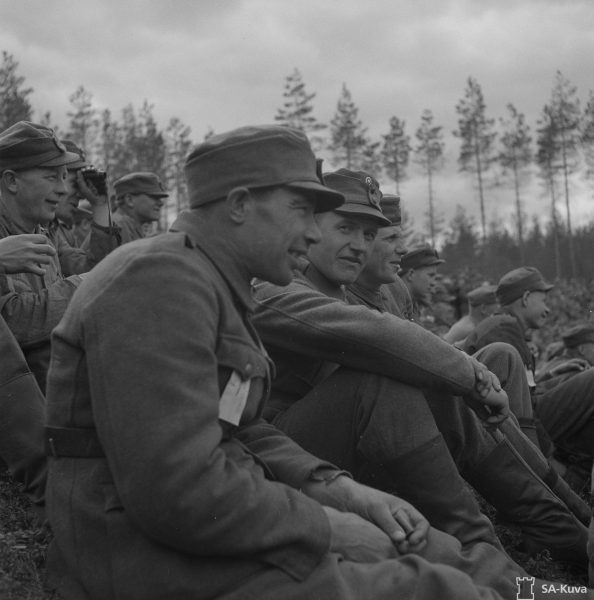
In 1944 a very dance-oriented version of the operetta Countess Maritza was performed to an audience of 8000 in Haukilammi, Kivennapa. The performances brought a welcome slice of normality to the soldiers, who hadn’t seen home for a long time. As a military official wrote on his photo of the event: “The ballet scenes in particular were a feast for the eyes, though slightly annoying for one who’s had no leave for ages.” Finland is probably one of the few countries in the world where entire operas were performed on the warfront. Besides extensively touring near the front lines, dancers would also perform in soldiers’ get-togethers and in military hospitals.
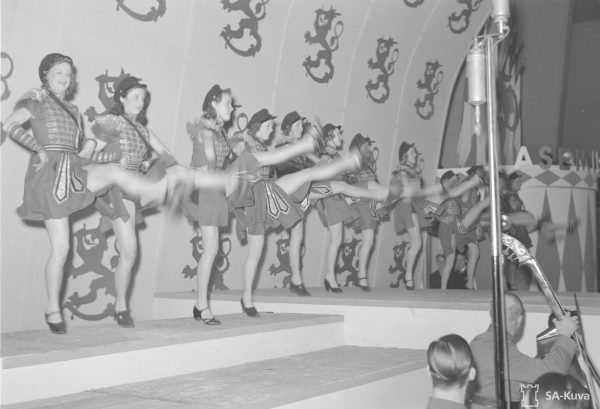
Text JUSSI ILTANEN
Photos THE ARCHIVES OF THE FINNISH NATIONAL OPERA AND BALLET, SA-KUVA (for example Esko Manninen, J. Taube)
Further reading:
Juhani Koivisto: Suurten tunteiden talo (WSOY 2011)
Laakkonen et. al. (edit.): Se alkoi joutsenesta. Sata vuotta arkea ja unelmia Kansallisbaletissa (Karisto 2021)
Irma Vienola-Lindfors & Raoul af Hällström: Suomen Kansallisbaletti 1922–1972 (Fazer 1981)
Watch on Elonet
Recommended for you
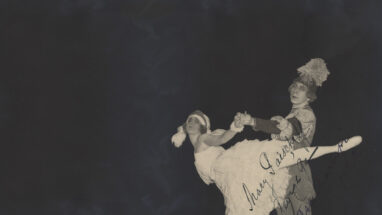
The Finnish Opera establishes a ballet company
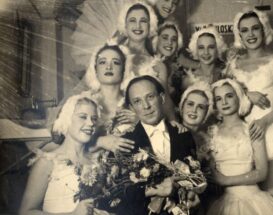
Gé, Saxelin, Gé, Saxelin…
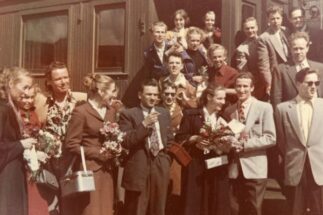
Summer tours and films bring ballet to the entire nation
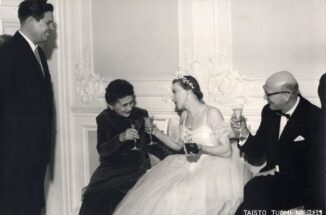
International stars from the east and west
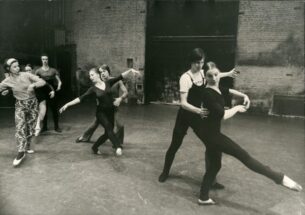
Ballet masters change, Sylvestersson remains
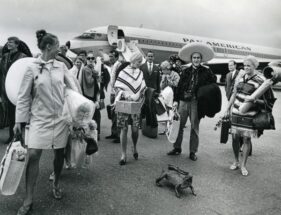
The Finnish National Ballet as an ambassador for Finland
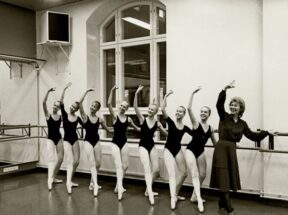
From a private ballet academy to professional education
